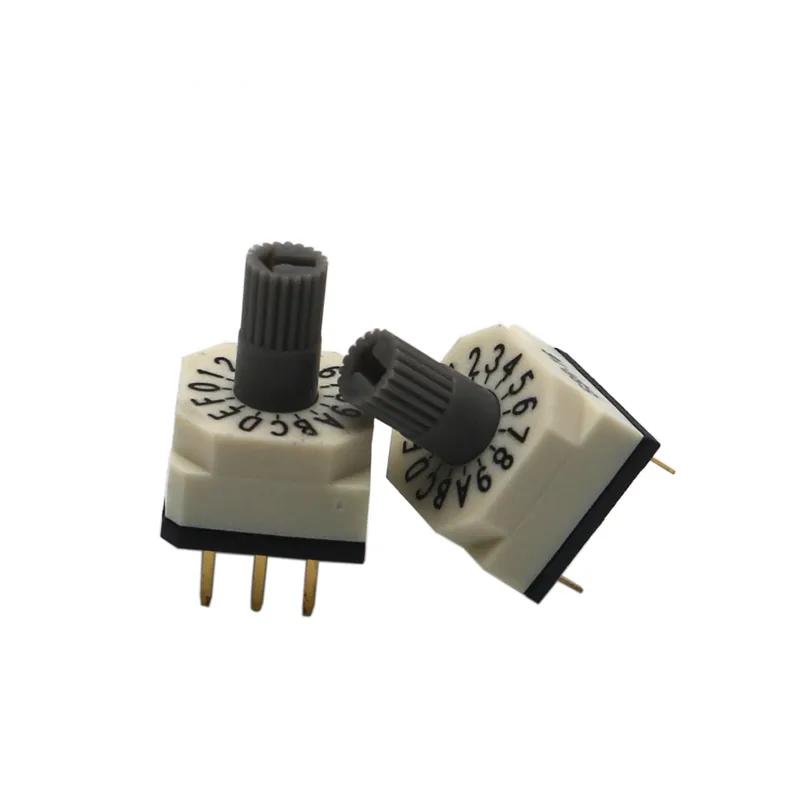Introduction to Dip Switches
Dip switches, short for “Dual In-line Package Switches,” are a type of electrical component used to configure the settings of electronic devices. They consist of multiple small toggle or slide switches packaged together in a single line, allowing users to input binary information (on/off, 1/0) into hardware.
History and Development
Dip switches have been around since the early days of electronics and were widely used in computers and peripherals before the advent of more sophisticated programming methods. As technology advanced, dip switches became less common in consumer products but remain useful in specialized applications where manual configuration is necessary.
Types of Dip Switches
Toggle-Type Dip Switches
These feature a small lever that can be flipped up or down. They’re often used in situations requiring infrequent setting changes because they can be cumbersome to adjust.
Slide-Type Dip Switches
Slide-type switches operate with a sliding mechanism rather than a toggle. They tend to offer a smoother action and may be preferred when space is at a premium.
Rocker-Type Dip Switches
Rocker switches look similar to wall light switches and provide a firm click when actuated. They are robust and reliable, making them suitable for environments with potential vibration issues.
Applications of Dip Switches
Despite being overshadowed by software-based configuration tools, dip switches still find utility in various sectors:
- Networking Equipment: For setting addresses on network cards.
- Security Systems: Configuring unique identifiers for alarm panels.
- Consumer Electronics: Setting operational modes on certain gadgets.
- Industrial Controls: Adjusting parameters on machinery.
Advantages and Disadvantages
Pros
- Physical Presence: The tactile nature of dip switches makes it easy to verify settings without needing special software.
- Simplicity: No need for complex interfaces; just flip the switch to change a setting.
- Reliability: Mechanical design means fewer electronic components to fail.
Cons
- Limited Functionality: Only suitable for basic on/off configurations.
- User Error: Incorrectly set switches can lead to misconfiguration.
- Space Constraints: This may require more board real estate compared to integrated solutions.
Conclusion
While dip switches might not be as glamorous as modern touchscreens or digital interfaces, they play a critical role in specific areas of electronics. Their straightforward design and reliability make them indispensable for applications where simplicity and durability are paramount. As electronics continue to evolve, dip switches remind us of the importance of tried-and-true technologies in our increasingly complex world.

